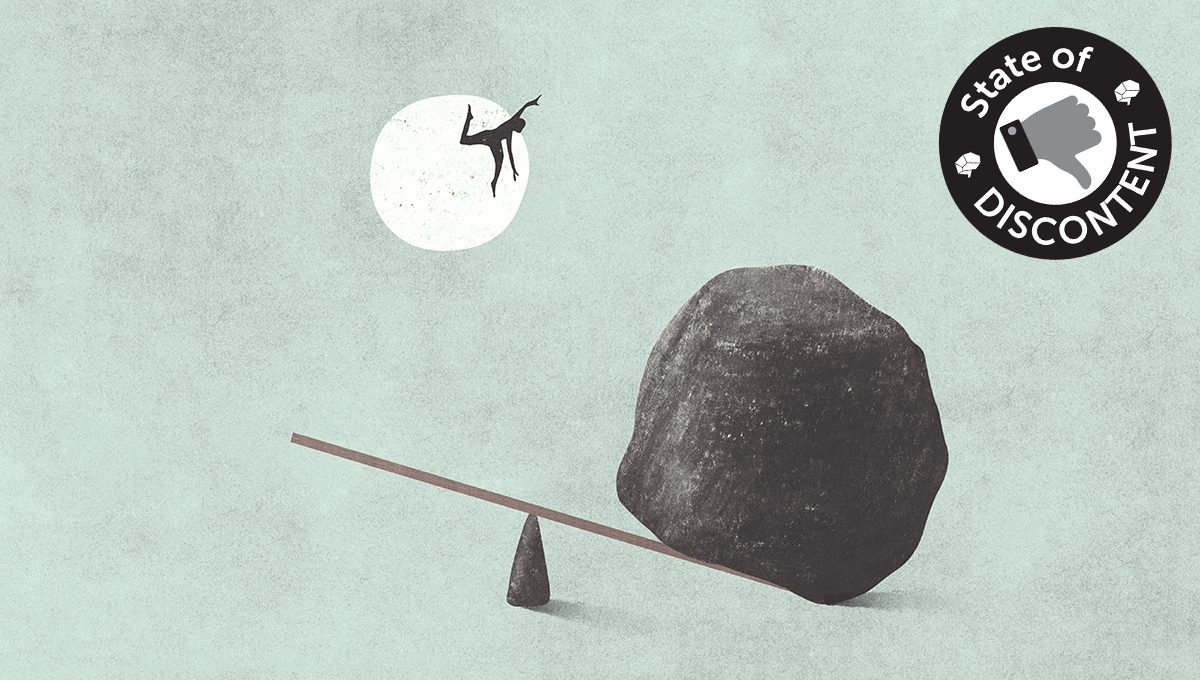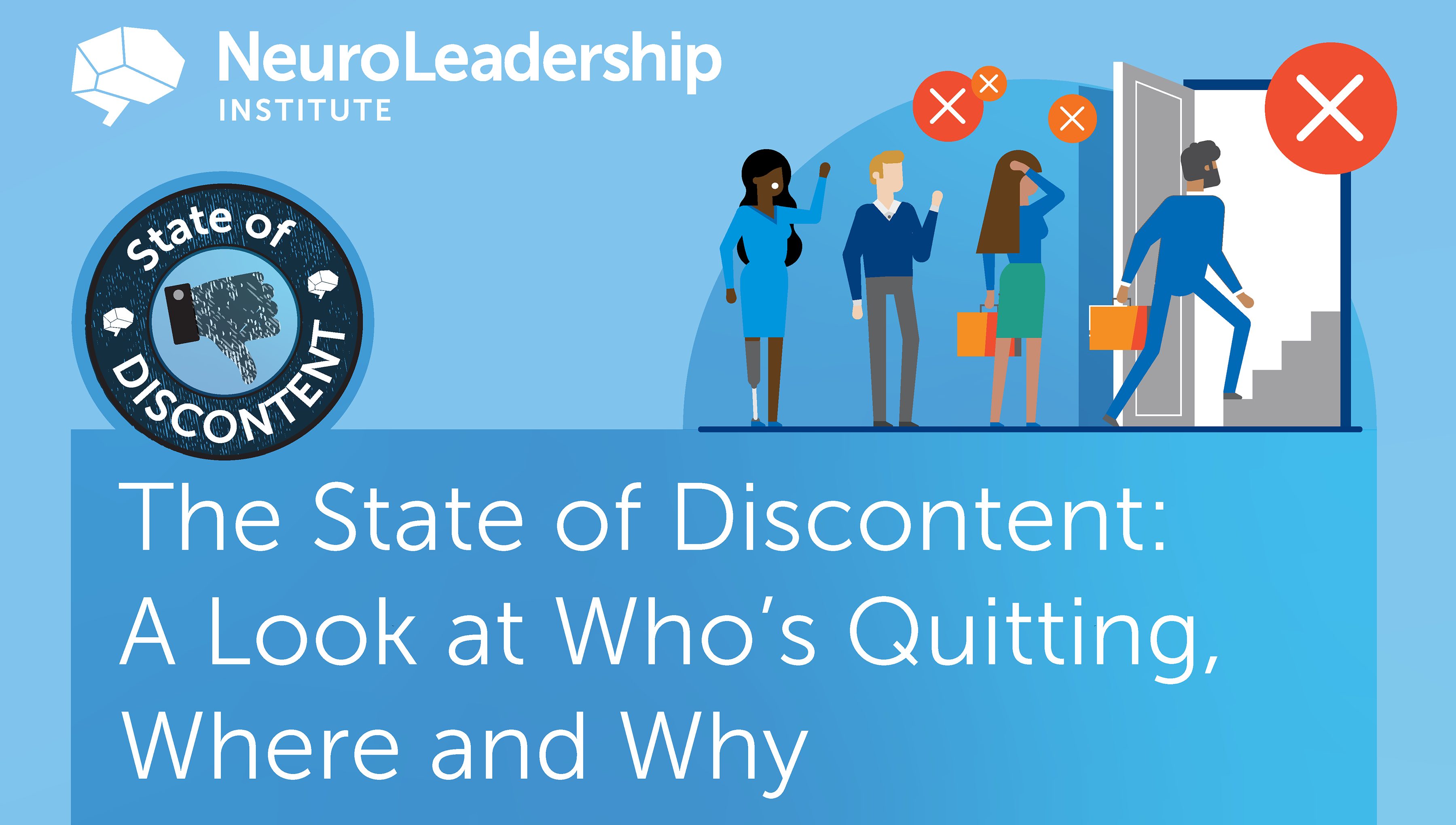By Chris Weller and David Rock Imagine you’re the CEO of a company. You just hired 100 new managers whose only job is to walk around the office and pop...
Read More →

FEATURED INSIGHT
By Chris Weller and David Rock Imagine you’re the CEO of a company. You just hired 100 new managers whose only job is to walk around the office and pop...
Read More →
As companies return to office, a staggering statistic has arisen: only 3% of Black Professionals want to return to in-person work. Why?

If you have a brain, you have bias. Some biases create bigger blind spots for decision-making, however. We’re seeing that a lot now as organizations try to redefine work and the employer-employee relationship.

It’s incumbent on leaders to mitigate discontent. Here are three sustainable strategies based on science to help you retain your workers.

Resignations and job burnout are at a fever pitch. Here are three things managers and employees can do to make it through, according to science.

People want–and expect– more from their relationship with work, whether it’s purpose, autonomy or status. As we navigate this new era of hybrid work, and look to understand what’s driving people to leave their jobs, we’re beginning to gain insight on a macro level of resignation trends. For one, the data show resignations have been on the rise for years now. Here’s an initial glimpse into the state of discontent among workers. Up Next: Sustainable strategies for companies to manage the state of discontent.

Join millions of employees in creating culture change at scale by reaching out today.

In 2007, David and Lisa Rock and their team had been working in leadership development and executive coaching for ten years, when David coined the term “NeuroLeadership.”ef

North America
Africa
South America
Asia
Europe
Australia
© NeuroLeadership Institute 2025. All Rights Reserved
This site uses cookies to provide you with a personalized browsing experience. By using this site you agree to our use of cookies as explained in our Privacy Policy. Please read our Privacy Policy for more information.